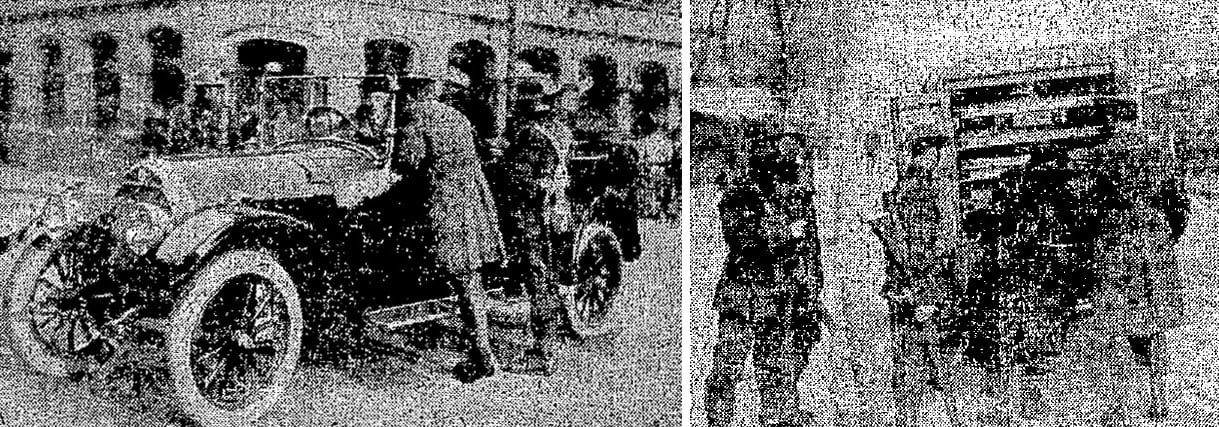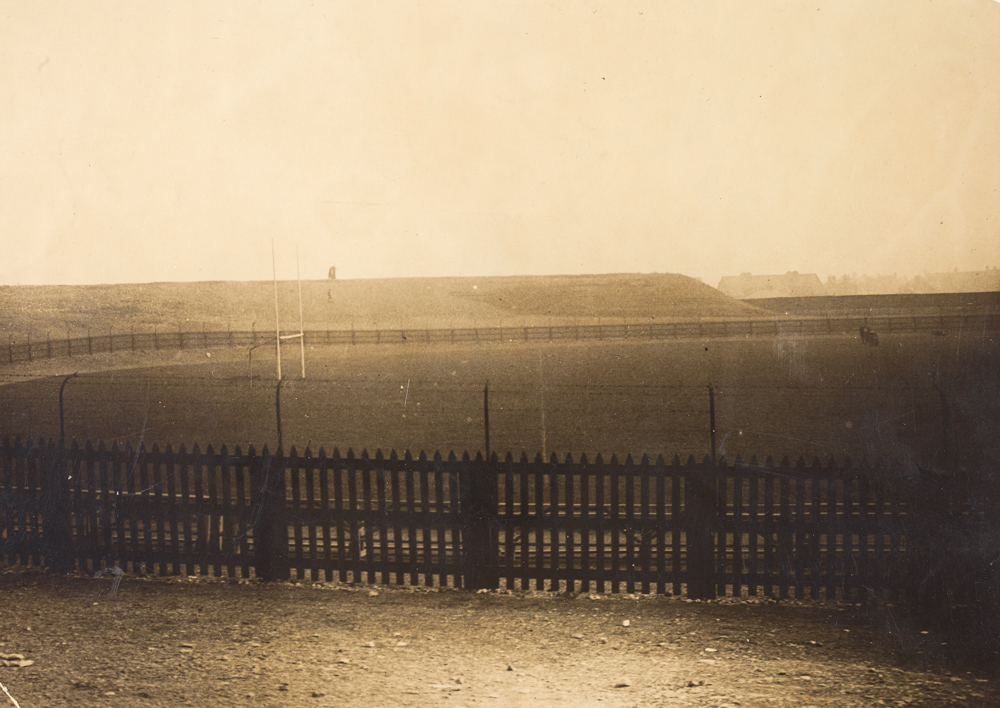‘Bloody Sunday’ sees worst violence in Dublin since 1916
Dublin, 22 November 1920 - 27 people were killed and many more were seriously wounded in Dublin yesterday in a series of atrocities that has shocked the country.
The day began with a number of premeditated and co-ordinated attacks by republicans on select members of the crown forces in their various lodgings across the city. The attacks took place at 9 am. 12 army officers or ex-officers and two Auxiliaries were killed. Some were in their beds when they were assassinated by groups of over a dozen attackers.
The view in London is that these attacks were motivated by a desire to cripple the machinery of justice in Ireland, as the assailants searched the residences of their victims for papers.
Find out more about those who died on Bloody Sunday, 21 November 1920
Reprisal at Croke Park
Later that afternoon, a large force of military, RIC and
Auxiliaries turned up at Croke Park where a big Gaelic football
match between Dublin and Tipperary was being played before a crowd
of around 5,000 spectators. The match had not long started when
the forces arrived. Shooting began immediately, sparking panic
among spectators who fled in various directions to escape the
bullets.
As it stands, it is known that 12 people were killed, 11 more were seriously wounded and 54 others injured. The dead include 14-year-old William Scott, who is alleged to have died from bayonet wounds, and 10-year-old Jeremiah O’Leary. Also among the dead was Tipperary full-back Michael Hogan, a native of Grangemockler, who was shot on the pitch.

Two of those injured in the shooting at Croke Park: (L) Christopher Duffy and (R) David Delaney (Images: Irish Independent, 24 November 1920
Given the seriousness of the injuries suffered by some of those in the sportsground, an increase in the death toll cannot be ruled out.
The official line adopted by Dublin Castle is that a number of gunmen involved in the morning’s attacks were in the ground and that ‘pickets’ placed on the approach roads to Croke Park were designed to raise the alarm on the arrival of the crown forces. An official report issued last night indicates that shots were fired on troops as they arrived and it was only then that they returned fire. The report further alleges that more than 30 revolvers were retrieved from inside Croke Park having been dropped on the ground by spectators.
The Freeman’s Journal newspaper has today rejected this as ‘another base official lie’. The paper stated that the events in Croke Park were a ‘classic sample of a government reprisal. The innocent were shot down in blind vengeance’.
Following the day’s events there was extensive military activity around Dublin, and the curfew in the city was brought forward two hours to 10pm.

Military activity increased on the streets of Dublin in the wake of the wake of Sunday's bloodshed (Image: Irish Independent, 24 November 1920)
[Editor's note: This is an article from Century Ireland, a fortnightly online newspaper, written from the perspective of a journalist 100 years ago, based on news reports of the time.]





















